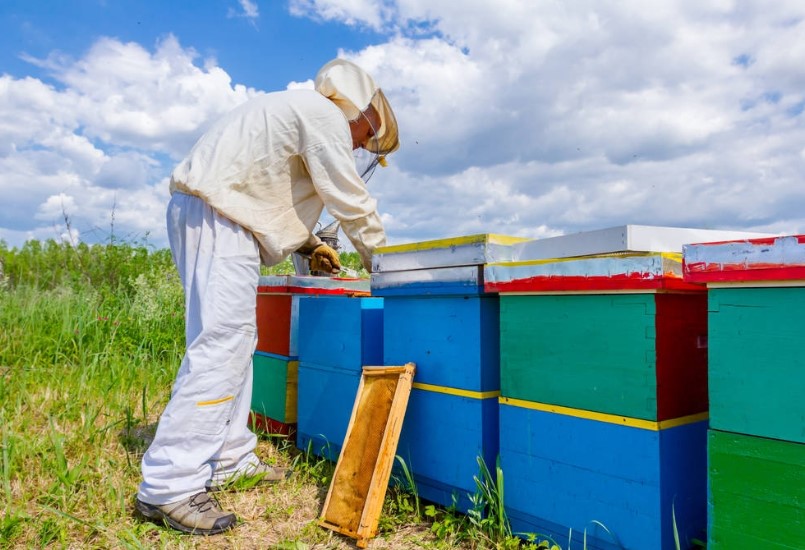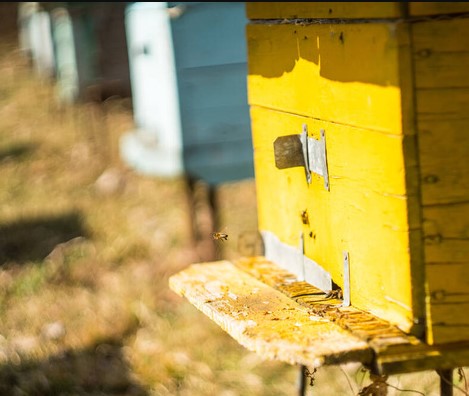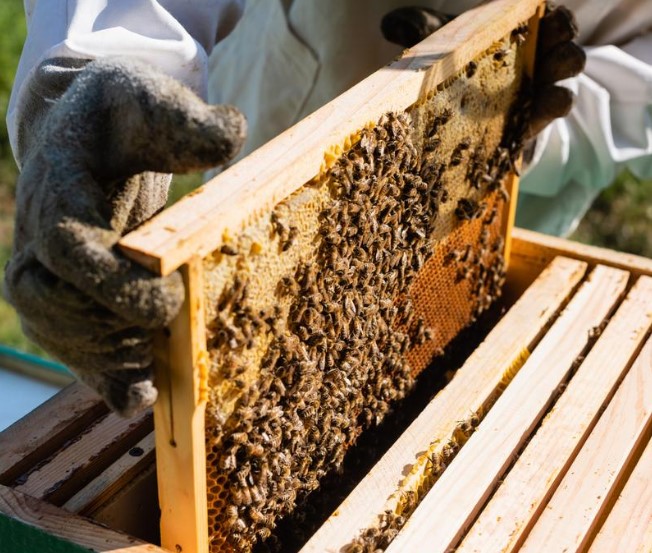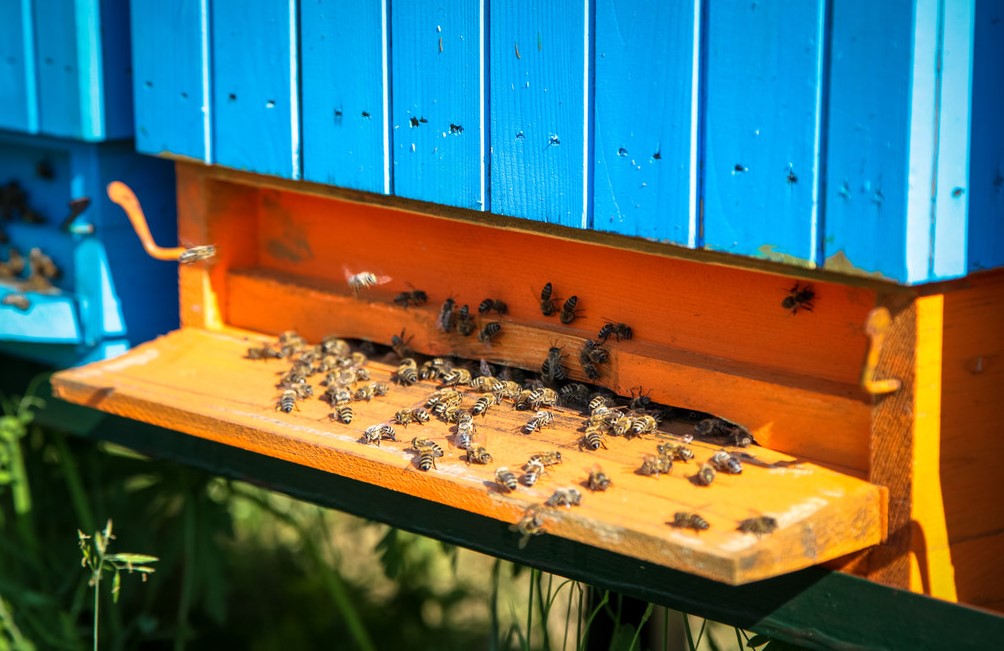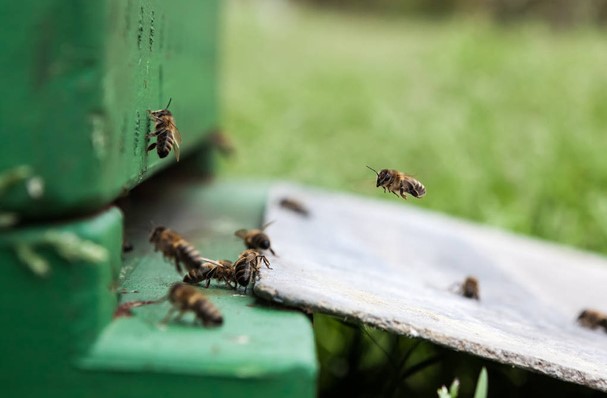Beehive Bodies
Upgrade your beekeeping operation with our premium beehive bodies and beekeeping accessories – shop now for hive bodies built to last!
Understanding Beehive Bodies: Their Importance in Beekeeping and Colony Management
Table of Contents
- 1 Beehive Bodies
- 1.1 Understanding Beehive Bodies: Their Importance in Beekeeping and Colony Management
- 1.2 Key Features About Beehive bodies
- 1.3 Definition and Function
- 1.4 Configuration and Types
- 1.5 Materials and Construction
- 1.6 Role in Beekeeping
- 1.7 Hive Body Components
- 1.8 Importance of Design and Maintenance
- 1.9 Conclusion
- 1.10 BEEHIVE BODIES – FAQs
- 1.11 What’s the purpose of hive ventilation?
- 1.12 What’s the significance of hive entrance reducers?
- 1.12.1 What should I consider when customizing my beehive body?
- 1.12.2 How do I protect my beehive body from pests?
- 1.12.3 Can I paint my beehive body?
- 1.12.4 What's the best way to finish a beehive body?
- 1.12.5 How can I prevent swarming in my beehive body?
- 1.12.6 What's the ideal frame spacing in a beehive body?
- 1.12.7 How do I choose the right beehive body for my beekeeping needs?
- 1.12.8 What are the key differences between hive body types?
- 1.12.9 How do I assemble a beehive body?
- 1.12.10 What materials are commonly used for beehive bodies?
- 1.12.11 What's the recommended maintenance schedule for beehive bodies?
- 1.12.12 How can I expand my beehive effectively?
- 1.12.13 What's the purpose of a brood chamber in a beehive body?
- 1.12.14 What should I consider for hive body storage?
- 1.12.15 How do I install and maintain hive frames and foundation?
- 1.12.16 What's the role of hive body finish in beekeeping?
- 1.12.17 How do I prevent moisture buildup in my beehive body?
- 1.12.18 What are some innovative modifications for beehive bodies?
Beehive bodies are the central components of a beehive, playing a pivotal role in the daily life of a bee colony and the success of a beekeeping operation. These hive boxes are where bees store honey, raise brood, and carry out essential tasks for the hive’s survival. Understanding the significance of beehive bodies is fundamental for beekeepers, as it directly impacts hive organization, bee health, and honey production.
One of the key features of beehive bodies is their adaptability to different hive types. Among the most well-known hive body designs are the Langstroth, Warre, and Top-Bar hives, each with its unique characteristics and advantages. Regardless of the type, beehive bodies consist of various components, including frames, foundation sheets, and the box itself. These components work in unison to provide the structural support needed for bees to build their honeycomb, raise brood, and store honey. Hive bodies are typically stacked on top of each other within the beehive, with the lower bodies primarily dedicated to brood rearing and the upper ones for honey storage.
In summary, beehive bodies are the heart of a bee colony, where bees carry out their critical tasks, and beekeepers manage their hives. Understanding the types, components, and design considerations of these hive bodies is essential for effective beekeeping and ensuring the health and productivity of the bee colony.
Key Features About Beehive bodies
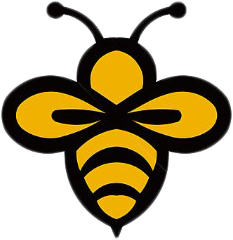
Hive Boxes: Beehive bodies serve as the primary storage space for honey and brood within a beehive.

Frame Compatibility: These bodies are designed to accommodate frames that hold honeycomb and brood cells.

Foundation Support: Beehive bodies provide the structural support for foundation sheets where bees build their comb.

Size Variability: Different hive body sizes are available to meet the specific needs of beekeepers and bee species.

Material Choices: They can be constructed from various materials, including wood, plastic, and polystyrene.

Frame Spacing: The spacing between frames within the body can be customized to suit beekeeping goals.

Ventilation Options: Proper ventilation is essential, and beehive bodies offer features to regulate airflow.

Insulation: Beekeepers can insulate these bodies to protect their colonies from extreme temperatures.

Protection and Finish: Hive bodies can be painted or finished to enhance durability and weather resistance.

Pest and Disease Management: Incorporating features for pest control, such as screen bottom boards, is essential for hive health.

Customization: Beekeepers can customize these bodies to suit their specific beekeeping practices and preferences.

Customization and Scalability: Equipment is available in various sizes and configurations to suit different scales of beekeeping operations.

Expansion Capability: Beehive bodies allow for the addition of supers to accommodate growing bee populations.

Innovations: Advancements in hive body design, such as hive monitoring technology, continue to improve beekeeping practices.
Definition and Function
Hive Bodies
These are wooden boxes that form the living quarters for the bee colony. They sit atop the bottom board and are typically the largest components of the hive. Hive bodies are also known as the brood chamber, brood nest, brood box, or deep super.
Purpose
The primary function of hive bodies is to house the frames where the queen lays her eggs and the workers store pollen and honey. They provide the necessary space for the bees to perform their natural activities, like brood rearing and food storage.
Configuration and Types
Langstroth Hives
The most common type of hive body is found in Langstroth hives. This design considers bees’ natural instincts, with brood production at the bottom and honey storage at the top.
Dimensions
A standard hive body measures 9-½” tall and can hold eight or ten frames. The choice between 8-frame and 10-frame models depends on the beekeeper’s preference and management style.
Capacity
Each hive body can house between 50,000 and 60,000 worker bees, sufficient for a healthy and productive colony.
Stacking for Expansion
To accommodate colony growth and prevent swarming, beekeepers often stack two hive bodies together. This is particularly beneficial in cooler regions where larger colonies and more food storage are required.
Join our beekeeping community and gain access to exclusive tips and tricks for hive customization and maintenance
– don’t miss out, sign up today!
Materials and Construction

Wooden Boxes
Hive bodies are typically made of wood, offering durability and a natural environment for the bees.

Frame Support
The sides of hive bodies are notched to support the top bars of removable frames, allowing easy inspection and management.

Standard Sizing
Commercial hive bodies usually adhere to a basic dimension of around 20 inches, ensuring uniformity and compatibility with other beekeeping equipment.

Medium-sized Supers for Beginners
Some hobbyists and beginner beekeepers use medium-sized 6-5/8″ deep supers as brood boxes, which are more manageable in size and weight.
Role in Beekeeping

Honey Production and Pollination
Beehives, including hive bodies, are essential for honey production, crop pollination, apitherapy treatment, and mitigating colony collapse disorder. In America, hives are often transported for pollination purposes.

Natural Nesting Sites
In nature, honey bees use caves, rock cavities, and hollow trees as nesting sites. The hive bodies in artificial hives mimic these natural environments.
Hive Body Components
Bottom Board
The base of the hive with an entrance for bees.
Frames
These are hung inside the hive bodies and are where bees build their honeycombs. Langstroth frames are common and can be made of wood or plastic.
Inner Cover and Top Cap
These provide weather protection for the hive.
Importance of Design and Maintenance
Bee Space and Frame Arrangement
Proper bee space is essential to prevent bees from gluing parts together with propolis. Frames need to be arranged to allow adequate space for bees to move and work efficiently.
Conclusion
Beehive bodies are crucial for the successful management and productivity of a bee colony. Their design, materials, and configuration play a significant role in the health and efficiency of beekeeping operations. Understanding these aspects is vital for both novice and experienced beekeepers.
BEEHIVE BODIES – FAQs
What is a beehive body?
A beehive body is a box-like component of a beehive where bees store honey and raise brood. It’s a crucial part of beekeeping equipment.
How many types of beehive bodies are there?
There are several types, with Langstroth, Warre, and Top-Bar hives being among the most common.
What are the main components of a beehive body?
The key components include frames, foundation, and the box itself.
How often should I inspect my beehive body?
Regular inspections, typically every 7-10 days during the active season, help monitor hive health.
What's the purpose of hive ventilation?
What’s the purpose of hive ventilation?
How do I insulate my beehive body for winter?
You can insulate by using materials like foam boards or wrapping the hive with insulation.
What's the significance of hive entrance reducers?
What’s the significance of hive entrance reducers?
What should I consider when customizing my beehive body?
Consider factors like hive size, frame spacing, and ventilation options to meet your specific needs.
How do I protect my beehive body from pests?
Implement pest management strategies, including screen bottom boards and regular hive inspections.
Can I paint my beehive body?
Yes, painting your hive can provide protection from the elements and enhance its longevity.
What's the best way to finish a beehive body?
Seal it with an exterior-grade finish that’s safe for bees.
How can I prevent swarming in my beehive body?
Maintain proper hive management techniques, including swarm prevention methods.
What's the ideal frame spacing in a beehive body?
Standard spacing is usually 1⅜ inches, but it can vary depending on hive design and bee species.
How do I choose the right beehive body for my beekeeping needs?
Consider factors like your location, climate, and beekeeping goals to make an informed choice.
What are the key differences between hive body types?
Different hive types have varying dimensions, frame sizes, and management practices.
How do I assemble a beehive body?
Follow manufacturer instructions or seek guidance from experienced beekeepers.
What materials are commonly used for beehive bodies?
Wood, plastic, and polystyrene are common materials, each with its advantages.
What's the recommended maintenance schedule for beehive bodies?
Regular inspections and maintenance should occur throughout the year to ensure hive health.
How can I expand my beehive effectively?
Add supers or additional hive bodies as needed to accommodate growing bee populations.
What's the purpose of a brood chamber in a beehive body?
The brood chamber is where the queen lays eggs, and young bees develop.
What should I consider for hive body storage?
Store hive components in a dry, cool location to prevent damage and pests.
How do I install and maintain hive frames and foundation?
Ensure frames fit properly, and foundation is in good condition for healthy bee development.
What's the role of hive body finish in beekeeping?
A finish protects the wood from weathering and extends the hive’s lifespan.
How do I prevent moisture buildup in my beehive body?
Proper ventilation and insulation help control humidity levels inside the hive.
What are some innovative modifications for beehive bodies?
Explore advancements like hive monitoring technology and queen excluders to enhance beekeeping practices.

